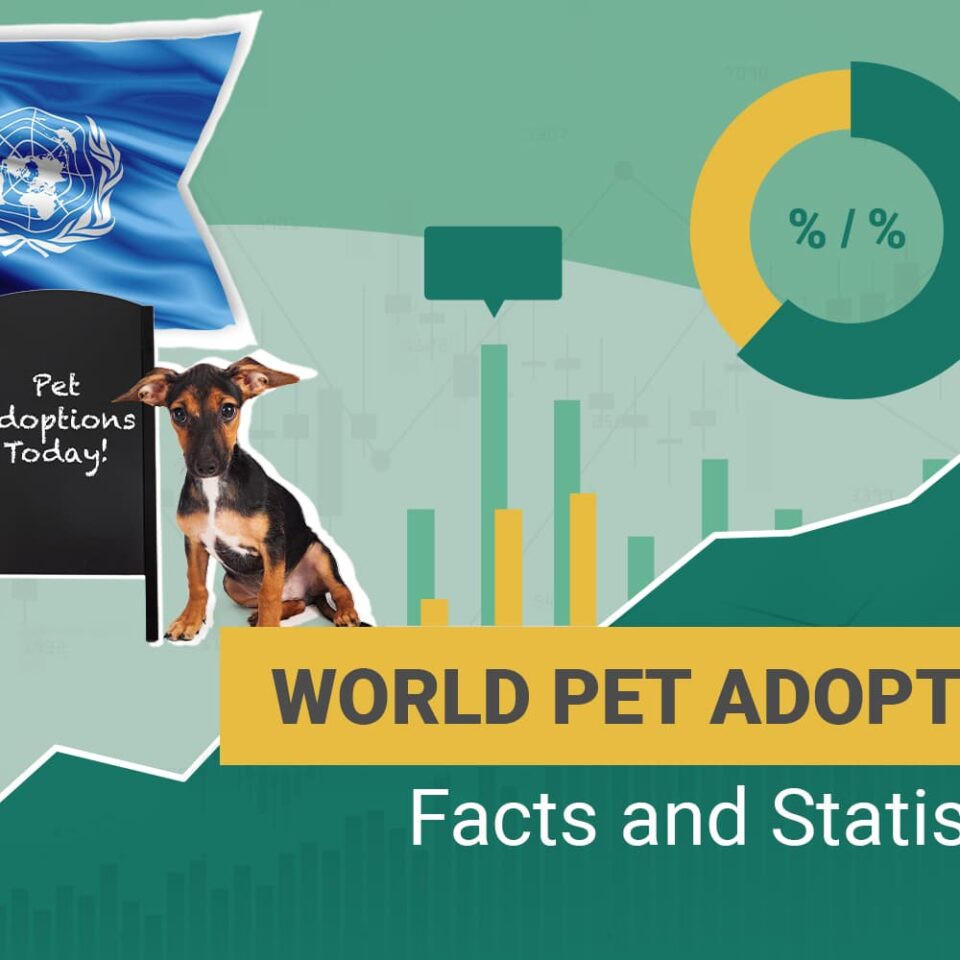Imagine walking into a bustling animal shelter. It’s full of wagging tails and curious meows, each animal hoping for a second chance. This year, the spotlight is brighter than ever on the statistics and facts about pet adoption. There’s more than meets the eye when it comes to these furry friends in need of homes.
Every year, about 810,000 stray animals find their way back to their owners from shelters. But not every story has a happy ending. In 2023, approximately 689,000 cats and dogs faced euthanasia due to illness, overcrowding, or lack of adoption. However, there is a silver lining as these numbers have been on a decline since 2015.
The trend of no-kill shelters is gaining momentum, doubling in number between 2016 and 2022. From just 24% in 2016, an impressive 57% of shelters now aim to save every healthy or treatable animal. Most animals that end up in shelters have done nothing wrong and are often surrendered due to their owners’ circumstances, such as having too many pets or housing challenges.
In 2022, dog adoptions saw an encouraging increase. Of the 3.1 million dogs entering shelters annually, about 2 million find new homes. Adult dogs seem to be stealing the spotlight, making up 73% of adoptions as they are easier to manage than puppies. Unfortunately, some breeds like Pit Bulls and Chihuahuas are not as fortunate and are often over-represented in shelters due to misinformed stereotypes.
On the feline side, around 3.2 million cats land in shelters each year. Thankfully, adoptions have increased over the years. By 2022, 43% of cats in shelters found loving families. However, black cats have had it tough due to negative superstitions, leading to lower adoption rates and higher euthanasia risks.
A stark contrast emerges when comparing adoptions from shelters to purchases from breeders. It seems more dogs are bought from breeders, while a higher percentage of cats get adopted. Purebred dogs in shelters are a minority, making up only 5%. The commercial puppy mill industry is part of the problem, with around 10,000 such mills operating in the U.S.
Shelter life is no walk in the park for many animals. Intensive efforts are made to reunite lost pets with their families, and volunteers do their part by fostering animals in need. Fostering provides temporary relief for stressed, sick, or displaced animals and can sometimes become a permanent home if bonds grow strong.
If adoption or fostering isn’t an option, there are still ways to help. Shelters often welcome volunteers, donations, and supplies. Every bit helps, whether it’s walking a dog, cuddling a cat, or simply providing a warm blanket.
Adopting a pet from a shelter does more than just give an animal a home; it saves lives and alleviates the burden on overcrowded shelters. Every adoption is a step towards a future where fewer animals need to be euthanized. Whether by adopting, volunteering, or donating, each effort contributes to a world where more animals can wag their tails and purr in forever homes.










